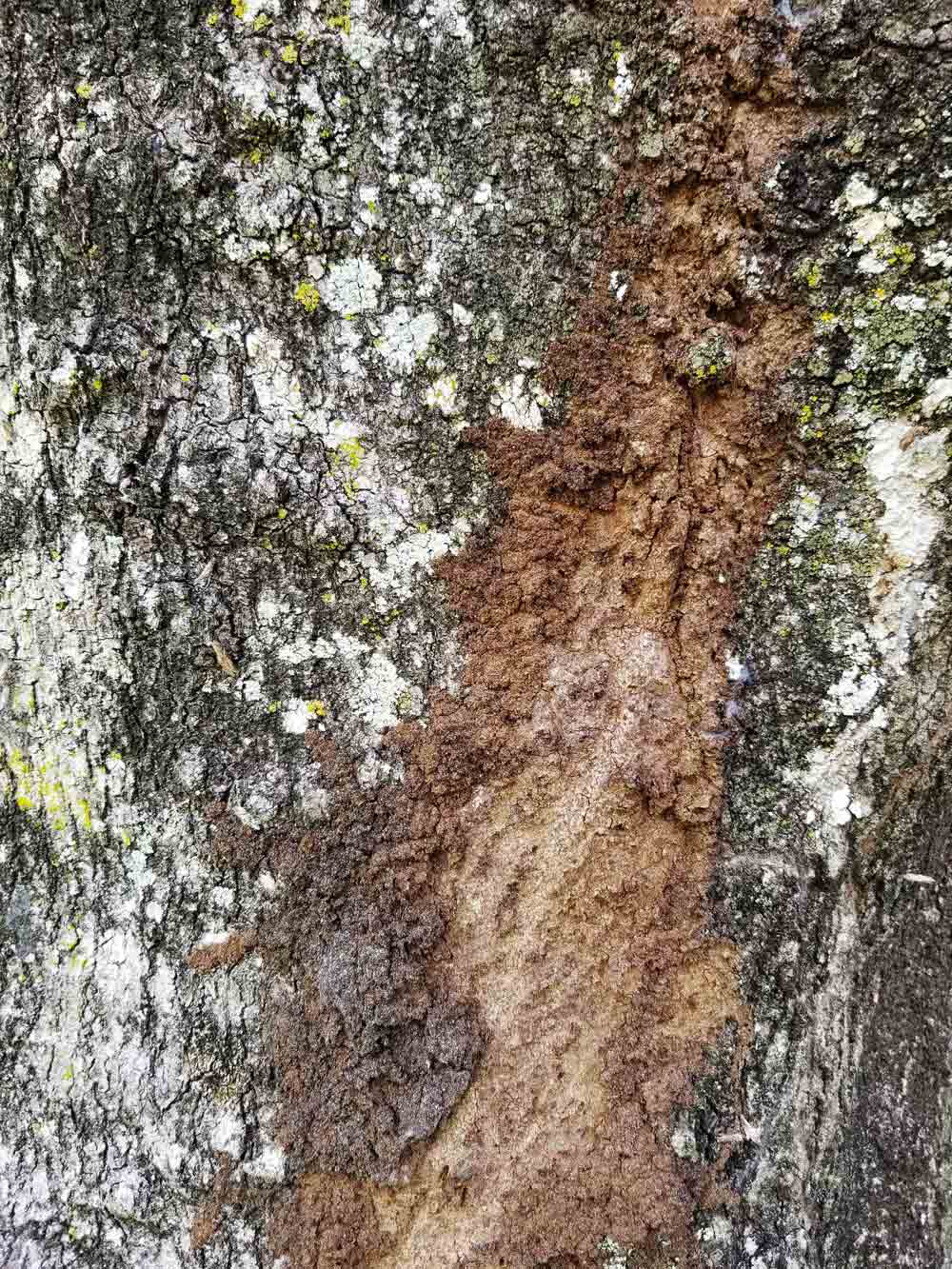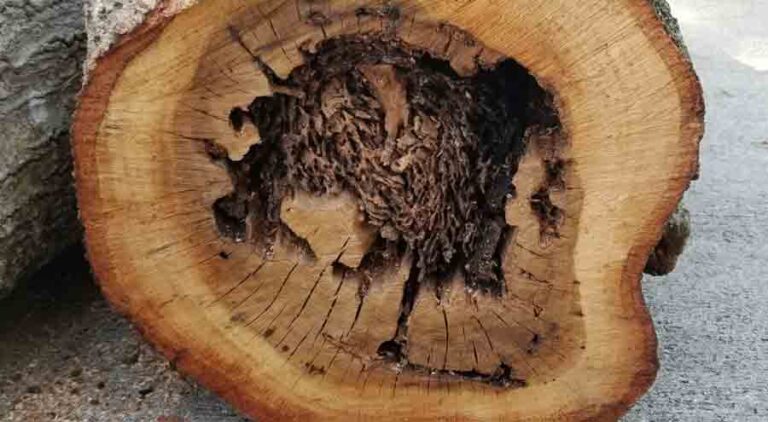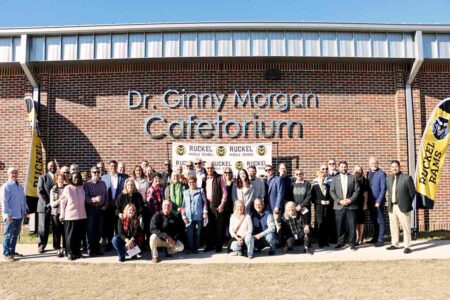FLORIDA — As Florida recovers from the devastation caused by hurricanes Debby, Helene, and Milton, many residents are facing an unexpected challenge: termites discovered in fallen trees.
Thomas Chouvenc, an associate professor of urban entomology at the UF/IFAS Fort Lauderdale Research and Education Center, warns that homeowners need to be extra cautious when dealing with fallen trees, some of which may have been compromised by termites even before the storms hit. These fallen trees can reveal the presence of invasive subterranean termites in the surrounding areas.
“This hurricane season in Florida has proven to be more challenging than in years past, with intense wind speed and floods. Unfortunately, Florida is also facing mounting termite pressure with the spread of major invasive pest species in many urban areas across the state,” said Mr Chouvenc.
“While hurricanes pose a direct threat to trees and structures, the hidden damage caused by invasive termites can make the situation worse.”
Two invasive species, the Formosan subterranean termite and the Asian subterranean termite, have become established in some of Florida’s urban areas. These pests infest buildings and silently consume live trees from the inside, often without visible signs of infestation.
Chouvenc cautions that trees weakened by termites are more likely to fall during storms, even when wind speeds would normally not be enough to cause such damage.
“After a storm, we often see trees on roofs and cars, but many of these trees would have withstood the storm had they not been compromised by termites,” said Mr Chouvenc.
“In areas where these two invasive termites have established for years, it is essential to inspect trees regularly for termite mud tubes. Detecting infestations early can save both the tree and prevent potential storm damage.”
The combination of tropical storms and invasive termites poses a unique risk to Florida homeowners. The spread of these termites continues across the state, threatening both homes and urban tree canopies.
Mr Chouvenc advises homeowners to stay proactive by having trees inspected by certified pest control providers, which can allow for early detection and treatment of termite infestations.
“Regular tree inspections can help detect early termite infestations, allowing for treatment before the damage becomes extensive. This can save both the tree and the property it protects,” said Chouvenc.
UF/IFAS offers resources to help homeowners assess the termite threat in their area, including a termite distribution map that shows where the primary invasive termite species are located across Florida. Residents are encouraged to check the map to determine their risk and take appropriate action, such as inspecting and treating trees in their yards.
“The spread of invasive termite species will continue to be a challenge for Florida’s urban ecosystems, particularly as we experience more intense storm seasons,” said Mr Chouvenc.
“By addressing termite infestations, we can strengthen our tree canopy, making it more resilient against future hurricanes and safeguarding our homes and communities.”








